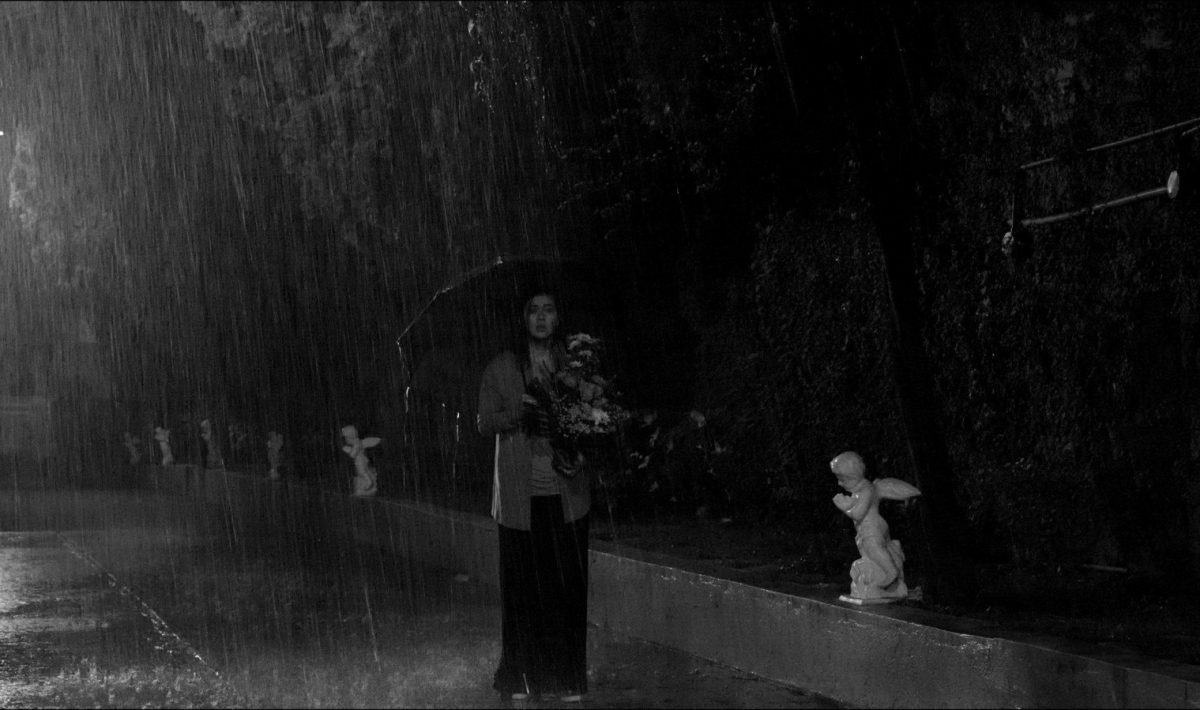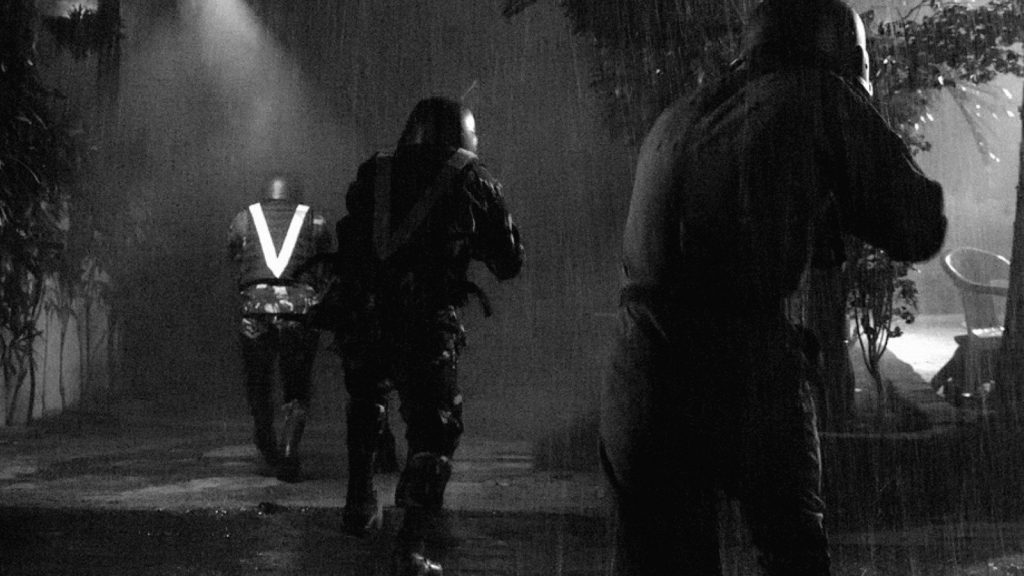When during the 17th edition of New Horizons Film Festival I watched Lav Diaz’s previous work, the Venice award-winning The Woman Who Left, I got an impression that the change in the space of the film world from countryside to city and experimenting with film genres (detective story in The Woman Who Left, musical in the Season of the Devil, and science fiction this time) do not serve the poetic layer, which the incorrect romantic Filipino delighted us in Lullaby to the Sorrowful Mysteries.
And in fact, Ang hupa, one of the opening movies of this year’s 19th edition of New Horizons, seems to confirm this impression. Of course, I do not mean aesthetics – the images that Diaz feeds us still hypnotize and incline to contemplation and spiritual experience of the film, realizing the creator’s assumption: “total cinema experience“. I also do not intend to bully inaccuracies or holes in the plot, which with such a film length – taking into account the processing capacity of the anathematized artist, working with amateur actors and showing his works properly only at Western festivals – you can turn a blind eye. It’s about the elusive “something” that in slow cinema tapeworms has us on the edge of our seats and prevents us from leaving movie theatre – even to the toilet – during those 8 hours (well, only 4.5 here).
Instead of dialogues reminiscent of rhythmic recitation, infecting viewers with romantic love for the Philippines, we get stiffness and some kind of loss. Some scenes in closed rooms will associate us more with the Hong Sang-soo cinema than with what Lav Diaz has accustomed us to before. This gives a rather grotesque effect and creates muffled laughter instead of delighted sighs.
It suffices the formal issue, but from the viewer perspective, who, although tired of the heat, sits in a comfortable chair, sometimes only venting dissatisfaction with the lack of leg space. It is worth realizing that Ang hupa for Filipinos could probably[1] become a very important film, perhaps as important as Wajda’s Ashes and Diamonds (1958) for us, Poles[2]. Like in the artist’s earlier films, Ang hupa is a commentary on the socio-political situation of contemporary Philippines.
Behind an extremely thin, translucent, intricately constructed cobweb, a science fiction genre mask – the 30s of XXI century, Philippines are suffering from a brutal dictatorship, citizens are strictly controlled and constantly monitored and legitimized by drone[3]-dogs and soldiers – lies exaggerated (though probably only a little) picture of the reign of Rodrigo Duerte. In Ang hupa, his counterpart is the delusional president Nirvano Navarra.
Diaz doesn’t just stop at criticizing dictatorship and fascism in general, but also outlines a credible picture of a society that has “lost its soul.” This loss is well illustrated by the metaphor with cacti. Here Navarra is convinced that he cares for society as well as for his plants – cacti. But the cactus does not require so much attention, it is enough to meet its basic, modest needs. Too much interest will result in a jab. Relations and social needs are similarly distributed, Diaz seems to suggest.
The problem is that violence is not a path that Filipinos should follow, the creator would like to convince the viewer. With the help of a second metaphor in the film, a metaphor of blood, bloodthirst, a kind of vampirism – one of the heroines is feeling a growing need to drink fresh blood – Diaz warns against submitting to the basic instincts present in the dictatorship and at the same time fueled by it.
The Filipino remedy is naively sweet, which he unfortunately doesn’t notice. Here he finds hope in educating the next generations and in human decency (emblematic last scenes). Well, Diaz probably wouldn’t be romantic if he thought differently.
There are always many
thoughts after such a long film. Viewers will have mixed feelings. It is a pity
that poetry blurred this time between the dark streets. Readings (e.g. Rilke) mentioned
or physically appearing on the screen are nothing more than mere part of a
story. In my personal opinion, the director’s genre experiments break the pace
of the film, causing inequality. This arrhythmia will make it once too fast and
once too slow. Paradoxically, for Diaz’s cinema, it might be worth giving
yourself a little more time.
[1] I write „probably”, because Diaz’s works cannot count on distribution in his own country.
[2] By the way, this kind of romanticism served by Diaz reminds me of our Polish experience, with the difference that in the Philippines it is not as ambiguous as our Polish equivalent.
[3] At last, the drone got an interesting role, in Ang Hupa it is not an empty praise of technical possibilities and shots from above. ;>







